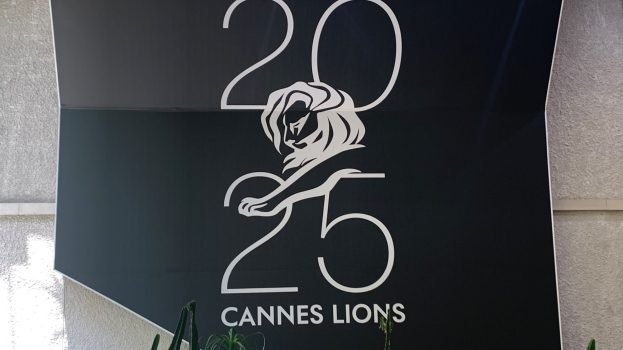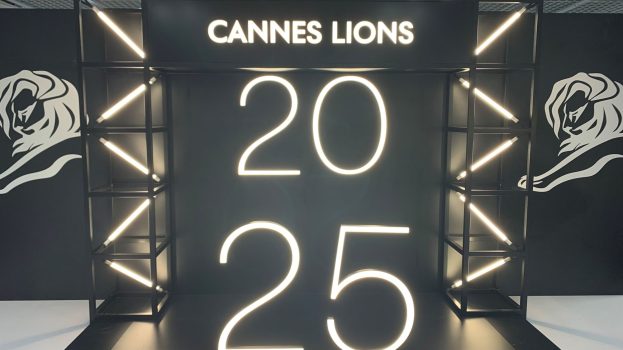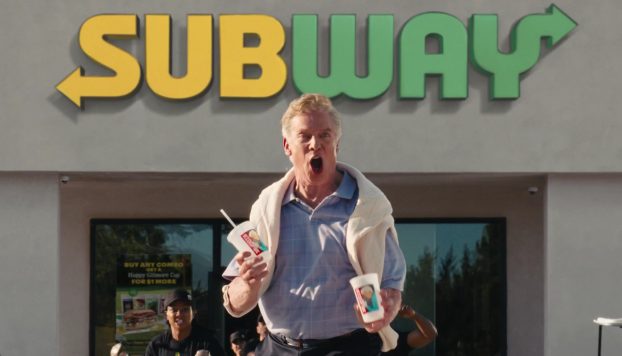It’s one thing to inject a brand and its promotional package into platforms accessible to youth, but to actually get them to experience and live the brand is a whole other ball game.
So say the speakers at yesterday’s Understanding Youth conference, a strategy magazine-hosted event in Toronto, where marketing concepts from across the social, mobile and digital media board were introduced and illustrated to attendees in an effort to understand what really drives youth to engage with a brand.
A recurring podium discussion was that of gamification. Points-based gaming, such as the Facebook Farmville application, mentioned by Rajat Paharia, founder and CPO of Bunchball.com, is a key influencer in attracting and retaining users.
“People love points…they can be indicators of status and seniority in the community,” he said. “There have been studies done about the dramatic effect that points can have on user behaviour, even if there is no monetary value associated with that.”
While brands will offer physical or virtual goods in exchange for consumer participation, Paharia explained that it is not necessarily the acquisition of those goods that makes a consumer come back for more, but rather the intangible feeling one garners from being offered rewards.
Many examples cited the importance of storytelling in marketing to youth. Transmedia speaker, Caitlin Burns, from Starlight Runner Entertainment, demonstrated the example of how Warner Brothers combined stories with game marketing to effectively market Sherlock Holmes prior to its release. The mystery-solving game, 221B, mirrored the adventures and story of the fictional detective with a consumer-engaging experience that had users searching for clues on Facebook and invited players to share their findings with their peers, she said.
“It is the creation of a story world that inspires them to engage. The core of all transmedia stories is – what does the brand feel like? The stories and campaign must be willing to mature with [youth],” added Burns.
Further commenting on the use of gamification, Burns says that it does not reap the “passive-reception” of a commercial on TV. It also doesn’t replicate the “engagement-involvement” of a chat room, rather gaming is “something of it’s own…an artificial experience that allows consumers to play with a brand.”
Another central point, which many of the keynotes tapped into, is the need for a brand and its campaign to be interesting enough for consumers to engage with.
“Its one thing to look at a brand and say, this is very recognizable. Everybody knows that about branding,” noted Burns. “You can do branding in a very compelling, easy and grab-your-attention way. But, today’s youth are more sophisticated than that. They want to know what is underneath. If you are just simply direct marketing to them, you are not giving them a reason to get to know you.”
[iframe_vimeo video=”24870978″]
























